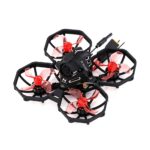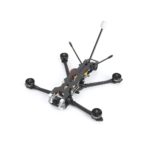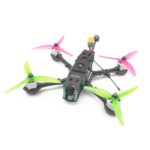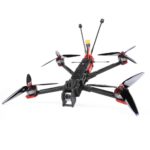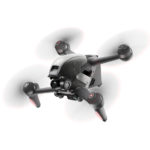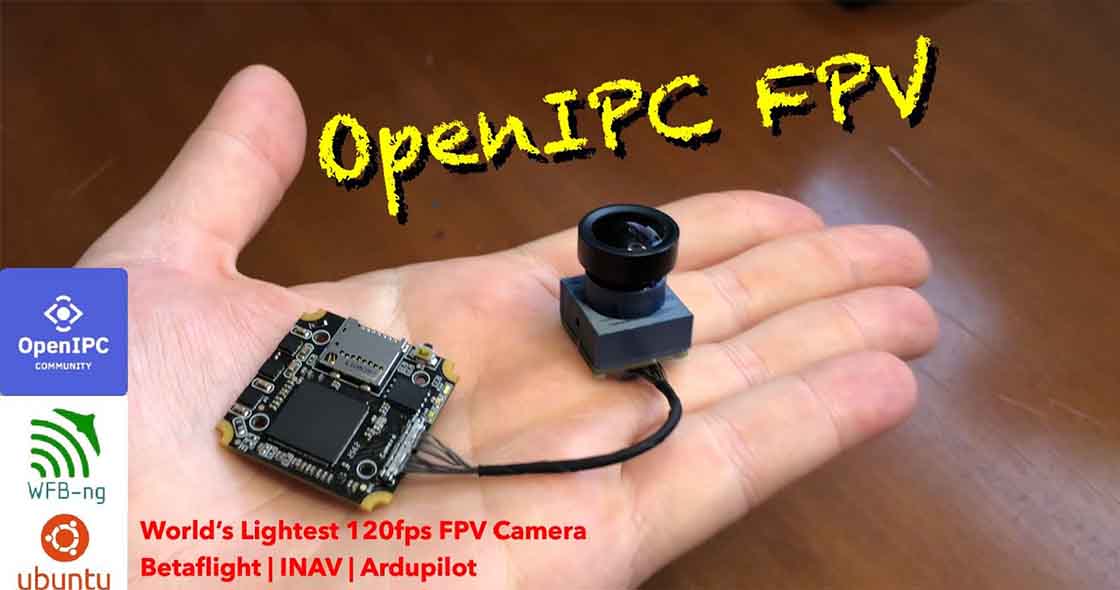Exploring OpenIPC: An Open Source Challenger in Digital FPV System Arena Leave a comment
In the rapidly evolving world of First Person View (FPV) drone technology, a new contender has emerged that seeks to shake up the high-definition digital FPV system market— OpenIPC. This open-source alternative aims to offer a cost-effective solution against established HD digital FPV systems such as DJI, Walksnail, and HDZero.
What is the OpenIPC?
The OpenIPC repurposes the hardware typically found in security cameras, specifically Network Video Recorder (NVR) modules, which are flashed with custom firmware to function within FPV drones. Unlike the commonly mistaken Raspberry Pi components, these are small systems on a chip that can efficiently decode H.265, ensuring decent performance for FPV flying.
Cost and Setup Challenges
One of the initial attractions of the OpenIPC is its potential cost advantage. Early adopters can start with a basic setup including a $6 Wi-Fi adapter. However, real-world applications show that this cheaper adapter offers limited range, which can be a significant drawback for more serious or professional use. To achieve a performance similar to commercial systems, one needs to invest in higher-quality components like the Asus AC-56 Wi-Fi adapter, which costs around $40. While this setup remains cheaper than most commercial alternatives, it does not present the drastic cost reduction initially claimed.
Performance and User Experience
The OpenIPC currently faces challenges typical of early-stage open-source projects, such as variability in component quality and user experience. Users have reported latency between 50 to 100 milliseconds depending on the specific camera and hardware used, which is outlined in the project’s GitHub documentation. This level of latency is manageable for casual flying but may not satisfy the demands of more intense freestyle or racing environments.
Community and Development
The open-source nature of the OpenIPC is one of its most compelling attributes, providing freedom from proprietary restrictions and fostering a community of developers and users who continuously work on improvements. Despite some early missteps, such as overstated claims about its performance and compactness, the community around the OpenIPC is passionate and driven by a vision of accessibility and innovation in the drone technology space.
Final Thoughts
In conclusion, while the OpenIPC presents an intriguing alternative to traditional HD digital FPV systems, it comes with its own set of challenges and compromises. The trade-offs between cost, performance, and user involvement might deter some, but for hobbyists and tinkerers who enjoy diving into the nuts and bolts of drone technology, the OpenIPC offers a valuable and potentially rewarding project. As with many open-source endeavors, its success will largely depend on the community’s ability to refine and enhance its capabilities over time. But can it take on systems like DJI, Walksnail and HDZero? Sorry to be a little pessimistic, but I don’t see it happening in the foreseeable future.
